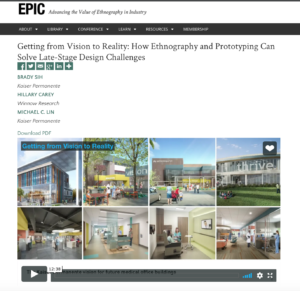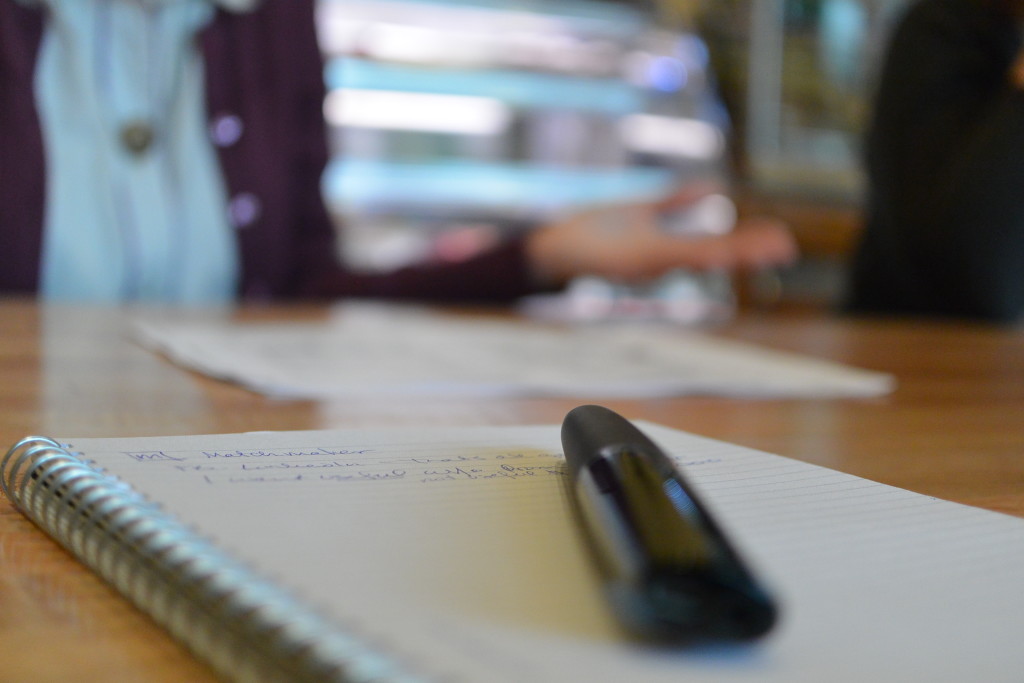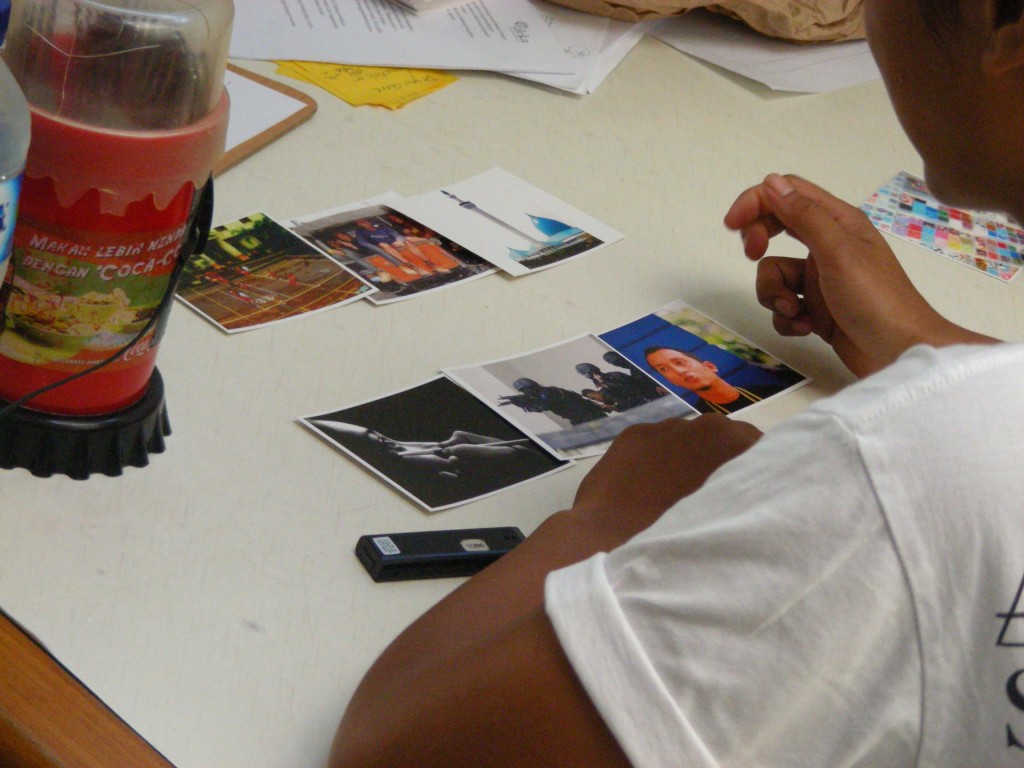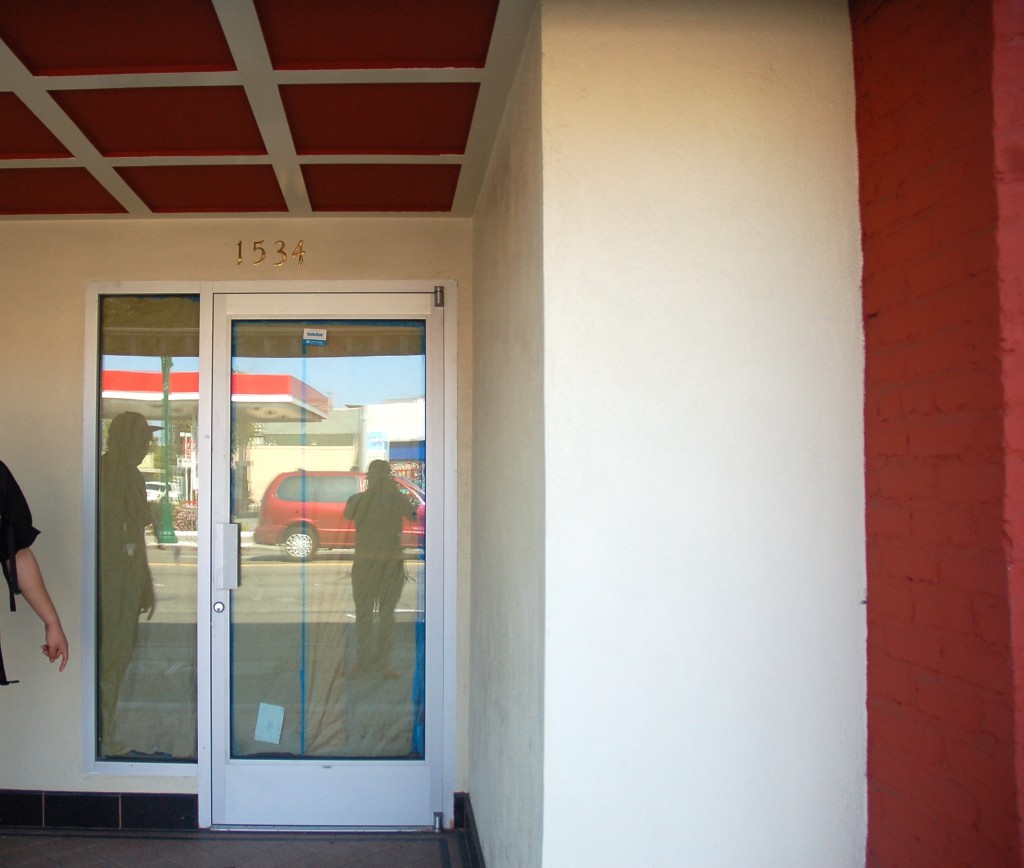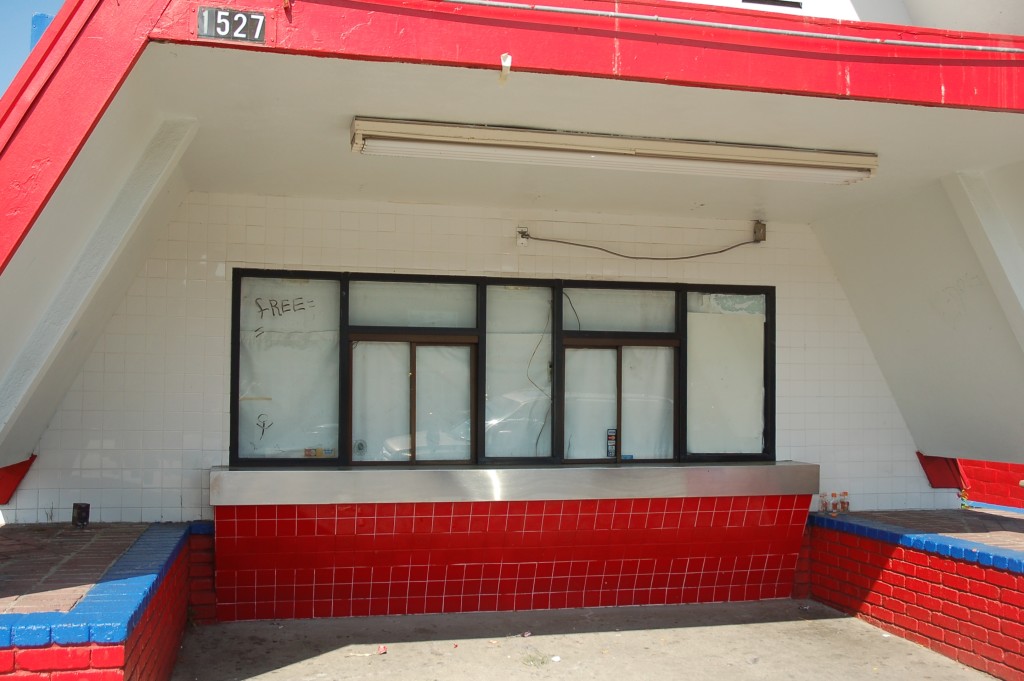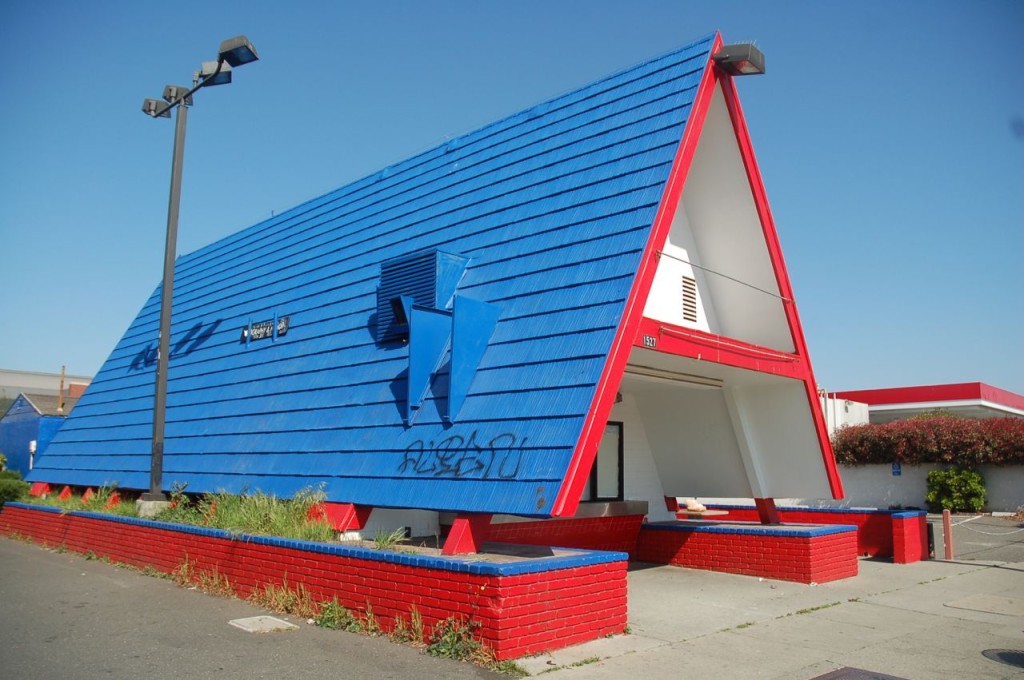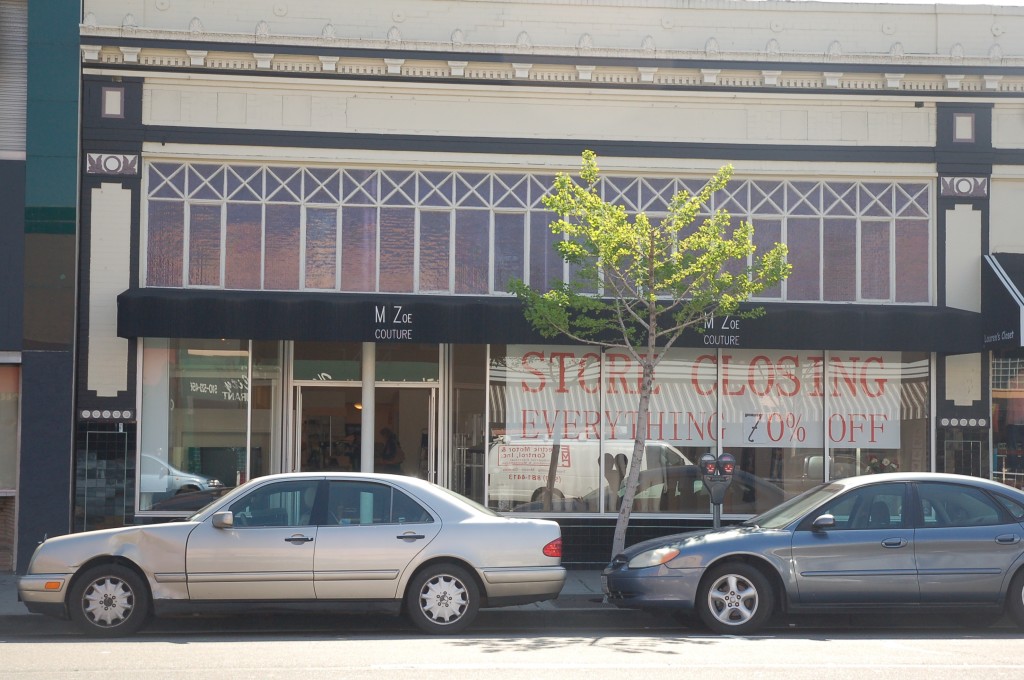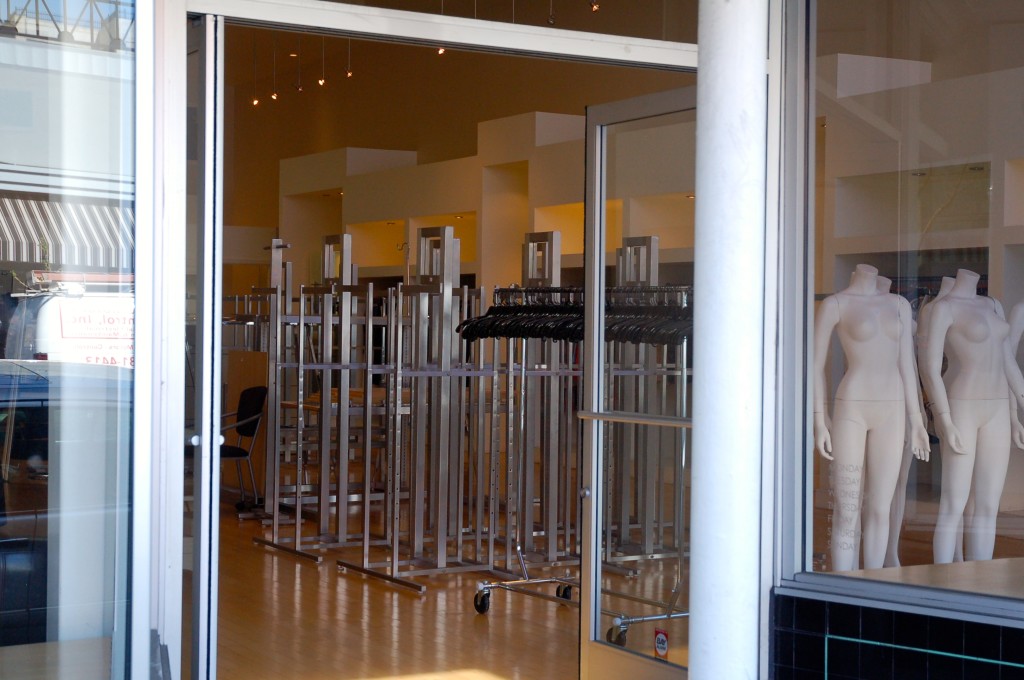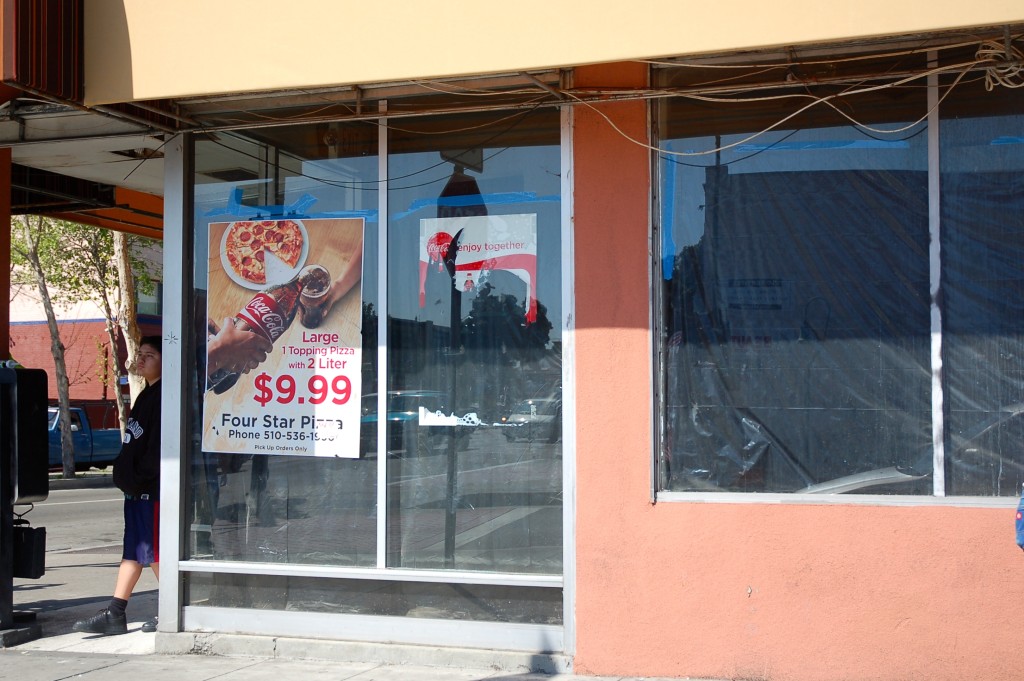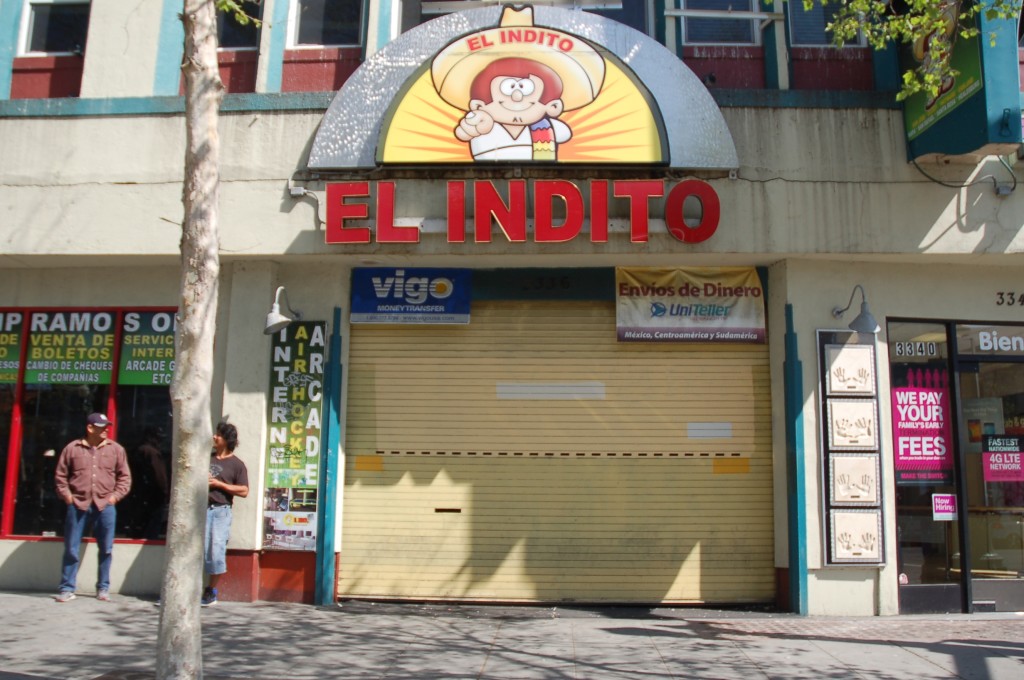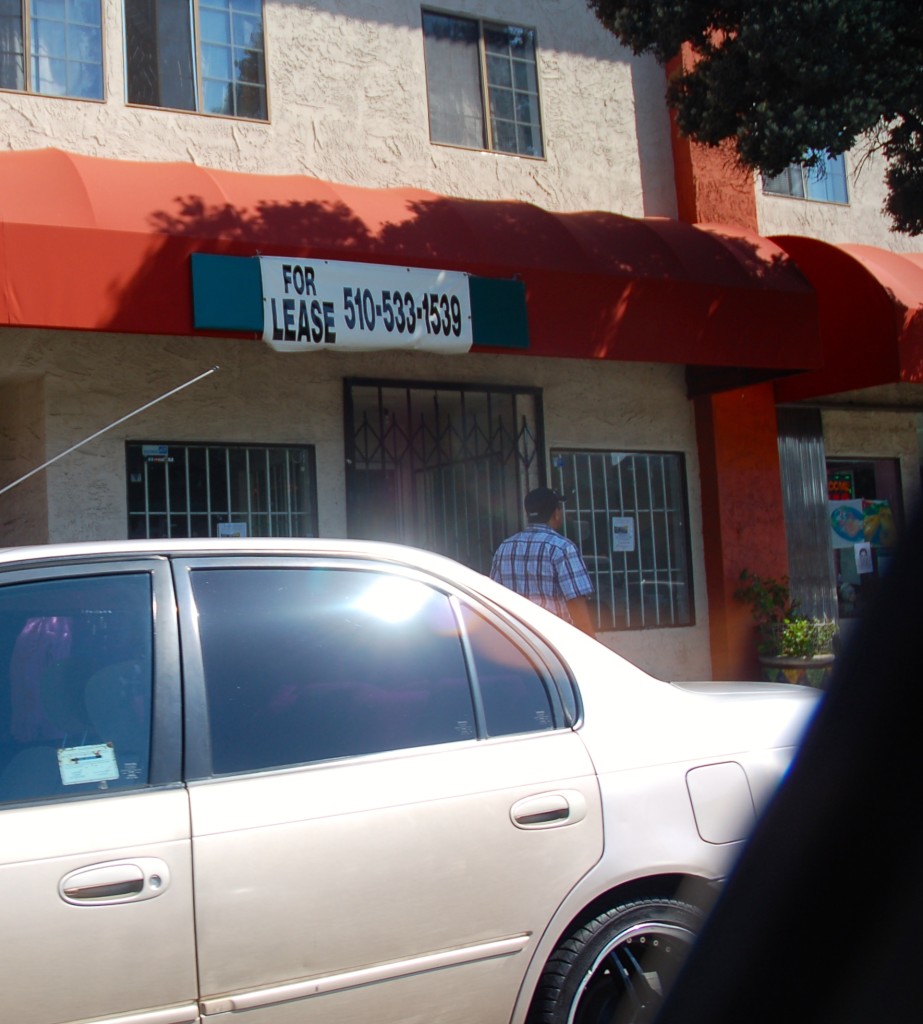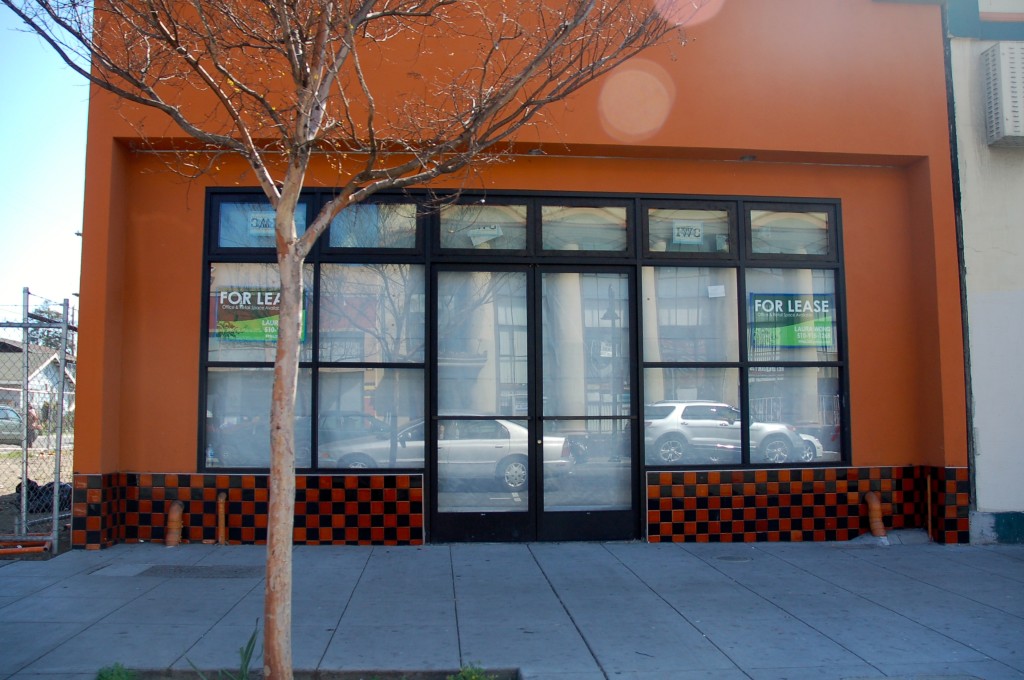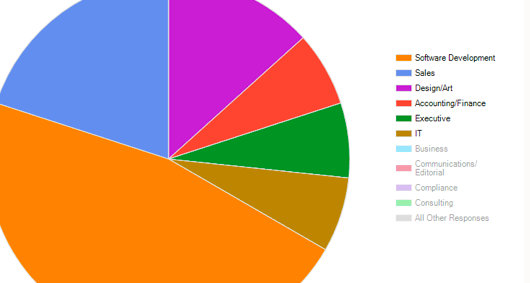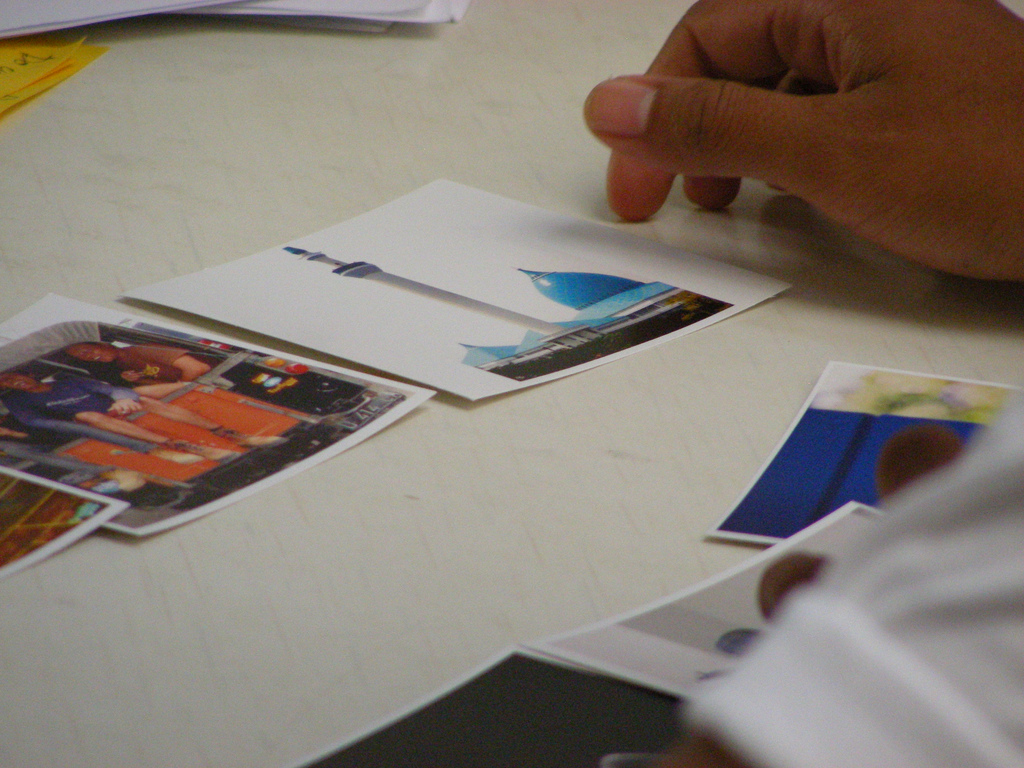Our Blog
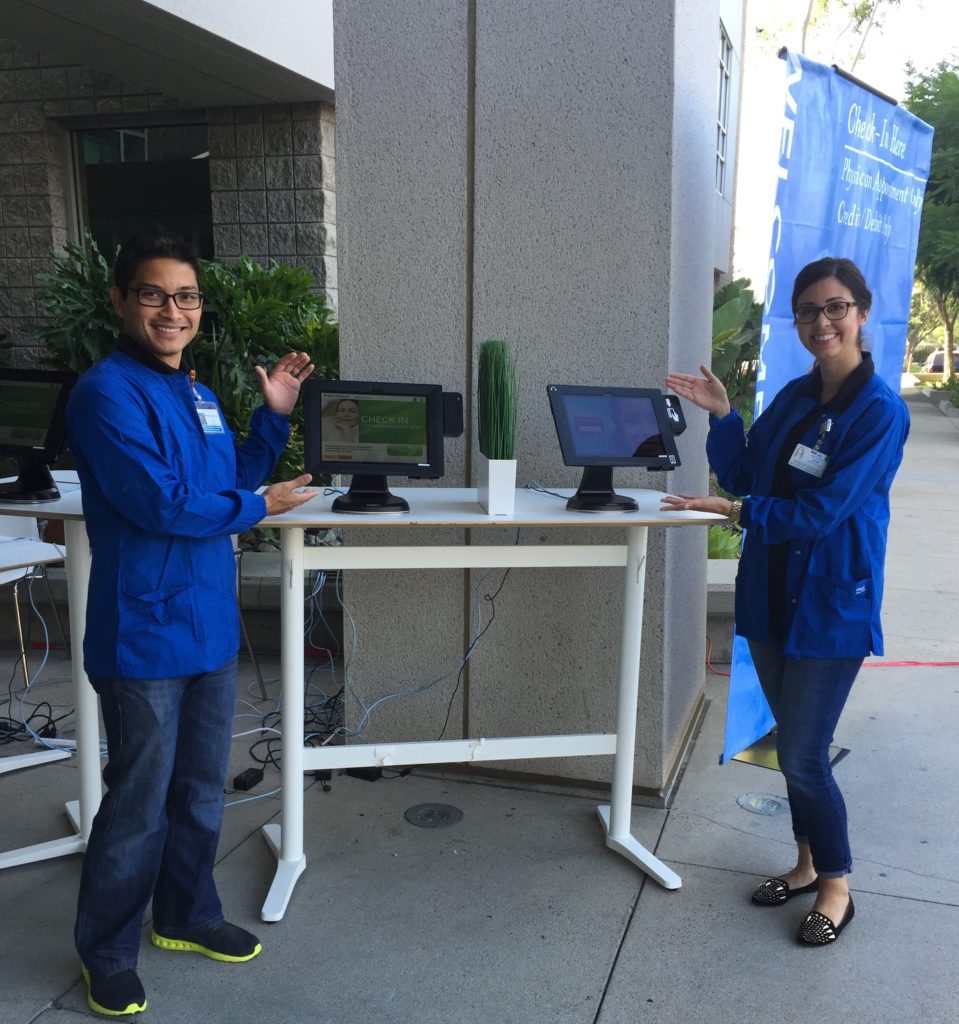
Winnow Research was thrilled to work with a large, cross-functional team at Kaiser Permanente to shape the “lobby of the future” for very soon-to-be-built medical buildings in Southern California. At the EPIC Conference (Ethnographic Praxis in Industry) last October Hillary Carey and Brady Sih presented a piece of the project focused on the conference theme of “evidence.” We talked about how the tangibility of the full-scale, working prototypes helped team and leadership who normally work in silos, and from their functional expertise, collaborate on new solutions through user-centered design.
To understand the future vision for the lobby experience, we followed a familiar set of steps for user-centered design projects:
- Observe: current patient and worker experience.
- Rough prototypes: Bodystorm with minimal props and in a simulation space (Oulasvirta 2003).
- Working prototypes: Transform a current, working medical facility into the format of the future buildings. We brought in new furniture, signage, and technology to the building and coached the staff to work in new ways.
In this way, we practiced new roles and explored multiple solutions before we worked up to pressure-test our best ideas with staff who had urgent jobs to do and patients who were most concerned with getting to their appointments on time.
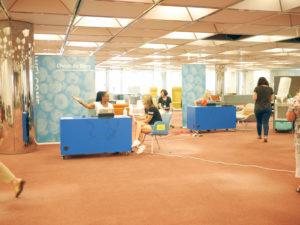
What this project showed us— as a healthcare organization and as design and ethnography practitioners—is that with a growing emphasis on merging digital and physical experiences, there is also a growing need to use ethnography and prototyping to ensure user needs are front and center at every stage of facility design and implementation. These methods to study user experience are particularly important during implementation when multiple systems are being resolved and information is needed about how they will influence each other.
You can read the conference paper here: https://www.epicpeople.org/ethnography-prototyping-late-stage-design/
And if you are an EPIC People member, you can watch the presentation we gave at the conference.
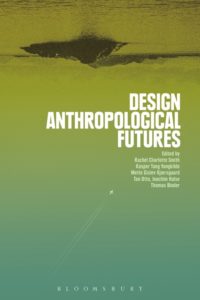
(2016) Edited by Smith, R.C., Vangkilde, K.T., Kjaersgaard, M.G., Otto, T., Halse, J., Binder, T., Bloomsbury
Hillary is reviewing this book because it is an approachable and inspiring academic collection of essays, case studies, and reflections on the emerging field of Design Anthropology. It pushes further beyond the techniques and methods of the first, seminal book to introduce the practice in 2013, “Design Anthropology: Theory and Practice.” Here many of the same contributors dive deeper into the concept of “future” or “multiple futures,” a concept which they propose to be more accurate. This collection shows us that Anthropologists can integrate the collaborative making aspects of Design to move beyond observation of the current state of a society or system and begin to understand what may be possible, plausible and preferable in the future. The editors offer, “The approaches presented in this volume are acutely attuned to political issues, socio-economic differences and their effects on future-making practices in situated contexts.” Illustrating how the sensitivities of Anthropological ways of knowing can strengthen our perspectives on how co-designed futures are received by those who interact with them in context.
As a practicing design researcher/design thinker in industry, I find this book to be more provocative and philosophical than “Design Anthropology.” The older book was a thoughtful take on how to bring more Anthropological practice into any Design Research practice to level-up your skills. “Design Anthropological Futures” is a handbook for those who are already working on exploring and shaping the future. In Chapter 6, Halse and Boffi describe their methods in this way, “Interventionist speculation blends the techniques of invention with techniques of description; it carries an attitude that oscillates between ‘what is’ and ‘what could be’ (p. 89).” For me, this book is exciting in its thoughtful examination of how to explore future experiences that are more daring and complex than what applied Anthropology is typically working with, and more situated and politically-aware than what Design methods typically extend to. This, to me, is the next generation of tools for exploring big questions in holistic contexts.
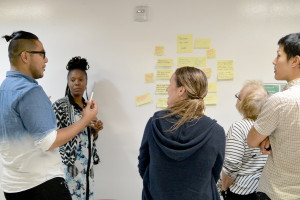
Carnegie Mellon’s School of Design is proposing a new type of Designer, a new practice for working toward significant, complex issues: Transition Design. I think it’s especially relevant today because the current presidency is shining a light on so many social problems that are not on a healthy trajectory within the U.S. and this administration also manages to challenge any improvements to climate change and other environmental concerns.
In many ways, Transition Design builds on Service or Systems Design and Social Innovation. But what I’m fascinated by is that they aren’t taking the Human Centered Design tools that are familiar to us. They are proposing new tools, new mindsets, and new references to prepare students for truly wicked problems.
From the paper, “Transition Design Overview” by Irwin, Kossoff, and Tonkinwise,
“ The transition to sustainable futures calls for new ways of designing that are based upon a deep understanding of how to design for change and transition within complex systems (Irwin 2011). This knowledge and the new skillsets it will inform must be integrated from areas such as science, philosophy, psychology, social science, anthropology and the humanities and will therefore challenge existing design paradigms.”
https://www.academia.edu/13122242/Transition_Design_Overview
From Cameron Tonkinwise’s entertaining and challenging Medium post, “design thinking, yet again, because, maybe, it could actually be useful, perhaps even necessary, given every thing”
“We are not adequately seeing all these sociotechnical systems. We are missing the designed relations between these systems and our various habits and values that are proving so resistant to change toward more sustainable futures.”
https://medium.com/@camerontw/design-thinking-yet-again
Terry Irwin, Gideon Kossoff, and Cameron Tonkinwise boldly propose that in order to make a dent in these intractable problems, Designers of the Future will need new skills, postures, and foundations apart from traditional design practice, such as:
- Choosing a theme-based career, to stay with problems over time and across disciplines. An avocation, not a vocation.
- Developing less through individual creativity, and more relational discovery (talking to people, learning from experts, pulling in multiple types of information).
- Fostering criticism and resistance. These are activists they are raising over there. Resist the zero-sum, capitalistic drivers.
- More academic learning about theories of change and philosophy of mindsets and belief systems.
- Visioning at significant, long-term levels: radical visions of 2020, 2050 and 2100—because these are the timelines needed to solve many of the wicked problems.
- Therefore, Learning to plan a long-term project. You will only be part of a relay race, not a sprint.
The election last November shook me, as it did so many people. I became fascinated with understanding these “other” voters so that I could see, through their eyes, these issues that seemed so black and white to me. I started to see the complexities in the challenges of American identity, job creation, political accountability. I began to search for books that might explain some of it, and there were a few that helped to describe the problem, but of course, most academics don’t propose solutions. That’s what designers do. But these topics are so much more complicated than the bounded problems we typically work on when there is a client, a set amount of time, a set amount of money and an expected outcome.
What would it mean to work on a design challenge that could take 100 years to solve? 50 years, ok, 20 years, if that helps it feel more plausible.
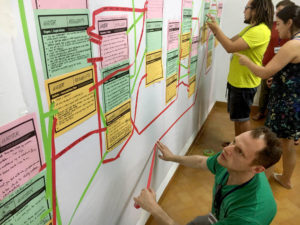
It turns out that Terry Irwin, the head of the School of Design at Carnegie Mellon is exploring this right now. She has instigated a new practice in Design called Transition Design, which comes out of her Ph.D. research with ecologist Gideon Kossoff, and philosopher turned design professor, Cameron Tonkinwise. The three of them propose that in response to the failure of Ecology and Sustainability to sufficient change behavior and improve attitudes toward more long-term thinking about the earth, Design may be able to help. But only with new tools to handle the complexity, new mindsets to deal with such long-term challenges and new training in systems of change.
I have to admit that I never personally connected with the Green Design movement, so I was surprised to find myself excited about Transition Design. But I think it is because Transition Design can be used to tackle any number of societal issues we face today, and it approaches with a great deal of empathy and a curiosity about the causes and mindsets that are at the root of the problem.
I was invited to attend a 5-day course in Spain with Terry, Gideon, and Cameron. The course had an incredible diversity of attendees: some service designers, some design professors but also community organizers and NGO workers– from all over the world. The attitude these three leaders take is that this discipline of design is just beginning, the same “problem worrying” they apply to Transition challenges, they apply to the development of the tools and methods themselves. It is all work in progress, and they invite us all to try it out and build on what is there.
We believe that rich stories and visual frameworks help to establish a new understanding of what is meaningful to people. This foundation helps researchers, designers, engineers and business leaders develop strategies and concepts together, based on a new, shared perspective.
1. Seek to be surprised
Relax into the trusted approach. Absorb everything because you don’t know where the solution will be. Resist narrowing too quickly.
2. Collaborate to learn and teach
Bring stakeholders into the field—and through synthesis-— to build a shared understanding of the opportunity well before the final deliverable.
3. Form a point of view
Innovation research is more of an art than a science. Curate a compelling call to action rather than reporting on everything observed.
4. Visualize relationships
Frameworks are powerful tools that can highlight important aspects of your story. They can be used again and again by stakeholders.
5. Focus on the elements of a good idea
Most organizations don’t suffer from a lack of ideas, they struggle with a lack of focus or a strong reason to pursue the right ideas.
Our goal is to establish a shared understanding of the opportunity area, then we can identify the elements of successful concepts. We generate the solutions together, with our client’s in-house expertise.
We have 3 favorite tools that help us collect great stories and build more beautiful presentations in the end:
– LiveScribe Pen: This pen captures audio and uses special paper to link the audio to whatever is written at that moment in time. We use this to be sure that we capture exact quotes. It’s especially useful to use when shadowing someone during an ethnographic observation– where you might be wandering through the mall or sitting quietly in their home all day. You can leave the pen running all day, capturing any small bits of conversation without turning a recorder on and off.
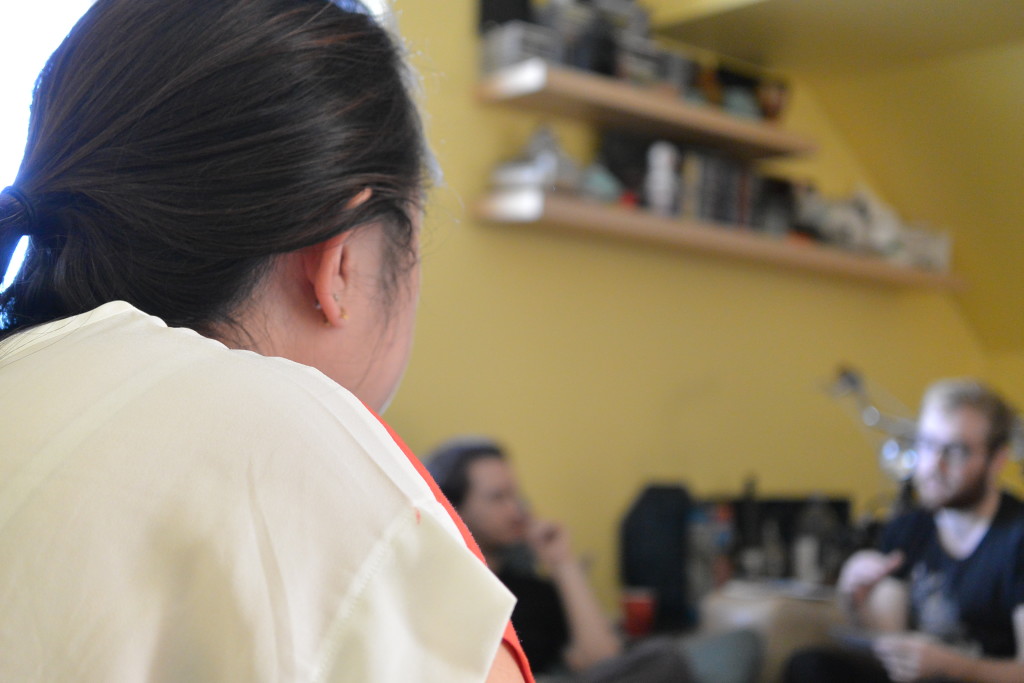
Our favorite camera allows us to take more dynamic photos, with strong focus contrast between foreground and background
– Lumix Gx7 Camera. This camera takes great photos in low-light (essential for in-home interviews) and has a touch-screen interface that allows you to touch the screen to indicate where to focus the lens. This helps us capture dynamic photos that focus on the objects or people that are most interesting.
– Photo Card Sort. Years ago I created an InDesign document with photographs sourced from as many different terms I could think of to type into Flickr and pull from my own persona photos. I focused on amorphous, non-concrete words like “communication” “spirit” “inspiration” to lead me to photos that could be interpreted not for the object they represented but what they could symbolize to people. We’ve used it again and again to prompt conversation. It works for several reasons:
- It gives people something to look at besides the person interviewing them.
- Beautiful photos encourage them to be creative.
- Asking them to describe opposites shows the facets of an experience. For example it was very revealing when we asked, “Choose three cards that describe how you like to communicate and three that describe how you don’t like to communicate.”
- The limited set of responses forces them to think about different aspects of their experience, they have to reflect on their feelings and the photos. Sometimes it’s a stretch, and they admit that, but it’s still interesting. We are looking for inspiration here, and this helps.
Contact us if you would like a PDF copy of these cards.
What tools do you love when you are seeking inspiration from field research?
And now a post from our intern, Lionel Perez-Ramazzini!
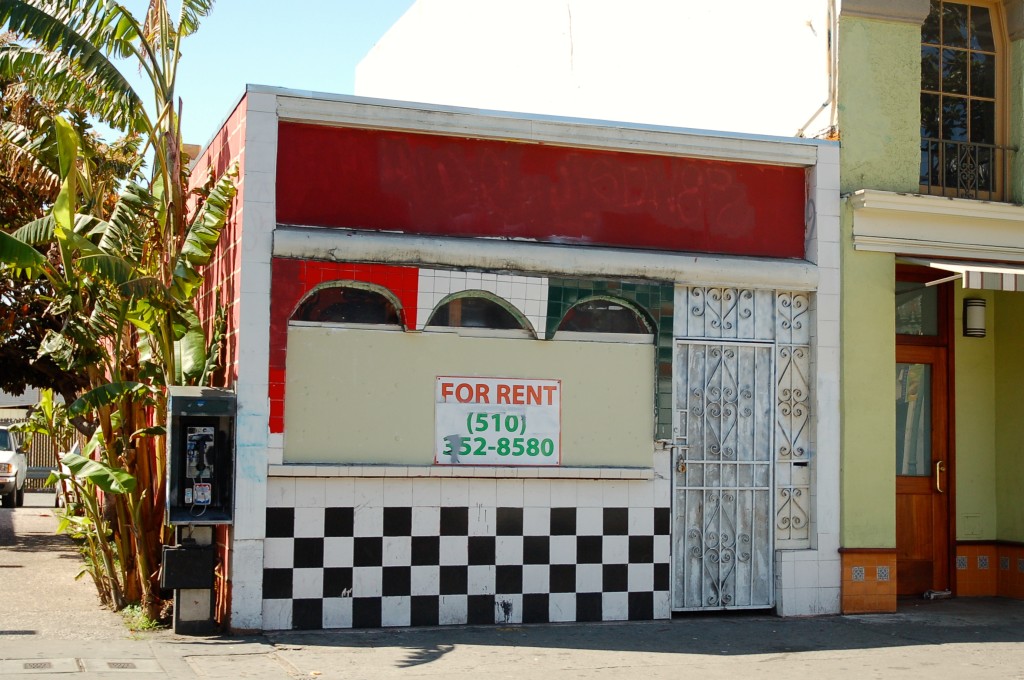 Small business in America has been ingrained as a vital part of not just our economy but also pride. The individual building something from apparently nothing is a strong part of the American psyche. And, for various reasons business also close down. I traveled to three distinct neighborhoods all 15 minutes of each other by car and saw some commonalities.
Small business in America has been ingrained as a vital part of not just our economy but also pride. The individual building something from apparently nothing is a strong part of the American psyche. And, for various reasons business also close down. I traveled to three distinct neighborhoods all 15 minutes of each other by car and saw some commonalities.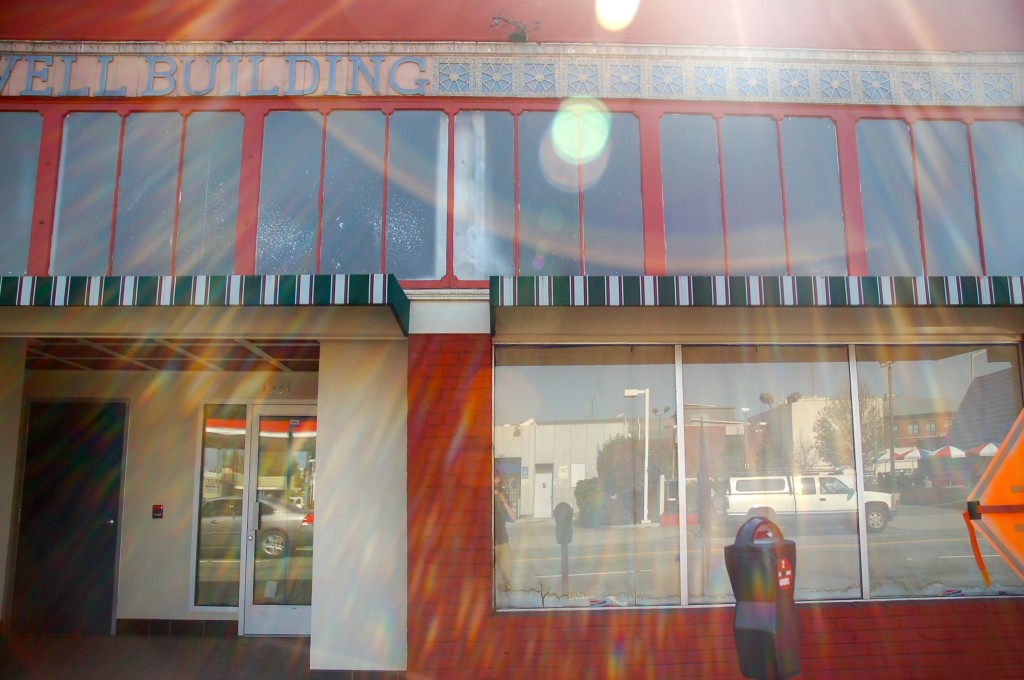
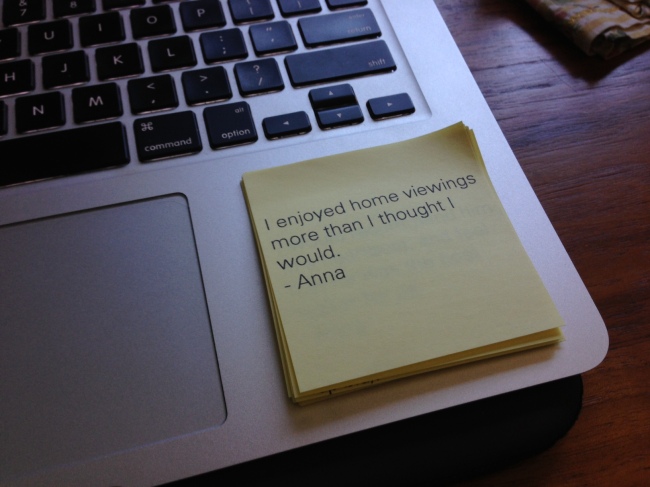 In a project with a short timeline or small budget for travel it can be great to add an email portion to cover additional locations– if location matters. I am studying the real estate process right now, and that does vary a great deal from place to place. But we can only travel to a few cities in the month we have for research, so we have recruited participants in 3 additional cities to add color.
In a project with a short timeline or small budget for travel it can be great to add an email portion to cover additional locations– if location matters. I am studying the real estate process right now, and that does vary a great deal from place to place. But we can only travel to a few cities in the month we have for research, so we have recruited participants in 3 additional cities to add color.
It is working really well. Some participants are treating it like essay questions on the SAT– I’m getting Word documents and multiple page answers! Granted, I am incentivizing them well, $75 for 8 questions.
Some tips for this type of research:
– Space the questions out over time so that you can be open to people’s activities or experiences changing. I have a bit more than a month to collect responses, which is a long time in the home rental– and sometimes the home-buying or selling experience.
– Try to build a rapport. It can be difficult because you are in the field while the responses come in, but I try to make it clear that the responses are valuable and inspiring and that I want to know more!
– Collect responses into a Google Doc or other note document, sorted alphabetically, because it can be hard to keep track of stories that come in at different times.
– If you are planning a post-it note affinity diagram, you can include emailed responses by printing onto post-its that have been stuck onto an 8.5×11 piece of paper. Obviously they need to go into the printer “heads first” but most printers can handle this. I am working in InDesign, I printed colored text boxes onto a blank sheet of paper first so that I would know where to position the post-its. During synthesis we will see the email responses side by side with our in-person interviews, but will know, at a glance, which were from email because they are typed text.
I know, this is blasphemy in many researcher circles. We don’t research ourselves! We are too biased!
But if you know that, then you’ll take the findings with a grain of salt. So don’t miss the opportunity to both learn from “expert” users and give your employees a chance to have their voices heard.
At the start-up I’ve been working for, we have about 40 employees now! woohoo! Big for a start-up. I had developed a survey for our customers to understand their first-impressions of our product. Someone on my team– not me, sadly– suggested sending the survey out to our own employees before sending it out to our customers to get a sense of the data we might get back. It was excellent. Fifteen people responded in the first two days: a 37.5% response rate!
I pulled together a quick report on the results– clearly labeling this as an INTERNAL USER survey, but learning quite a bit from the responses. Our internal employees range in skill level from pretty good with a computer (Sales, I’m looking at you) to highly trained expert– so when people have trouble with parts of the interface, it’s probably a significant problem. And because we use our product internally for almost every type of communication, we run the product through the paces and have a more nuanced idea of how it could be improved than most of our current customers who are only just getting up to speed.
The survey took about 10 minutes to complete. It took me about 2 hours to analyze the data and throw it into Keynote. I didn’t have to spend any time creating the survey because I created it to send to our users. And I deployed it through SurveyMonkey, so that was free as well. And the results have helped our product team prioritize some new features. And all of our employees had a chance to have their say. Well worth it.
I have been teaching “Design Methods and Research” to undergraduates in the Industrial Design program at CCA. It is a required class, which is good and bad. The department believes Design Research to be useful for their students, but the students may not have CHOSEN to take the class.
I am often contemplating what the essentials of Design Research might be. If you could only teach a few elements of Design Research, would you focus on a process or technique? Would you put most of your energy into making them good interviewers? Or try to make all the basic methods familiar to them? Would you cover the cut-and-dry basics that will help them to evaluate their designs, or focus on the more experimental methods for inspiration?
I have to admit that cut-and-dry is not where my passions lie. And to be a good researcher in that way requires much more than a single class. So Lucie and I have focused on the process of user centered design with the goal of understanding people in order to inspire great designs. A difficulty in teaching this way is that the process is vague, the tools are vague, there is a reliance on individual imagination and interpretation that takes time to develop when you don’t know or trust the process. As a result, the first half of the semester is confusing and loose for the students, but exciting in the end.
Still, I am always looking for a better approach. Today, as I was reading through the advice from selected graduating students to offer as the graduation speech, one anonymous student stood out because he or she was the only one to talk about gaining inspiration from others. Most art students will talk about their own creativity, thank their teachers for making them into confident, passionate, inspired artists. But this student said this,
Making impact doesn’t just mean inviting people into your world and your vision, but immersing yourself into the worlds of others — even if it means exposing your weaknesses, fears and aversions. This is because the division of our identities as artists or non-artists are inauthentic and increasingly irrelevant. Therefore, our community’s role in society is to help expose the flaws in relying on such divisions of identities in service of a more united, sustainable, beautiful, and meaningful world.
I was inspired by that. It makes me want to focus on the ENJOYMENT of Design Research. To focus my energy on helping the students love to talk with others about their work and love the process of learning about and design for another.
I coul imagine breaking it down into three areas:
– Understanding other contexts by immersing yourself
– Rich conversations to inspire
– Gathering honest feedback
It feels like more of an Art class than a Design class, but that could be a good thing. Inspiration is more useful than validation. And serious researchers are better at validation anyways. My director at Yahoo told me once that his goal was to create such an informed set of designers that we would not have to conduct any usability research– the designers would have so much knowledge going into the design process that they would be their own testers. Therefore, I am more interested in setting my young designers out on the right foot in their design processes, informed and inspired.

